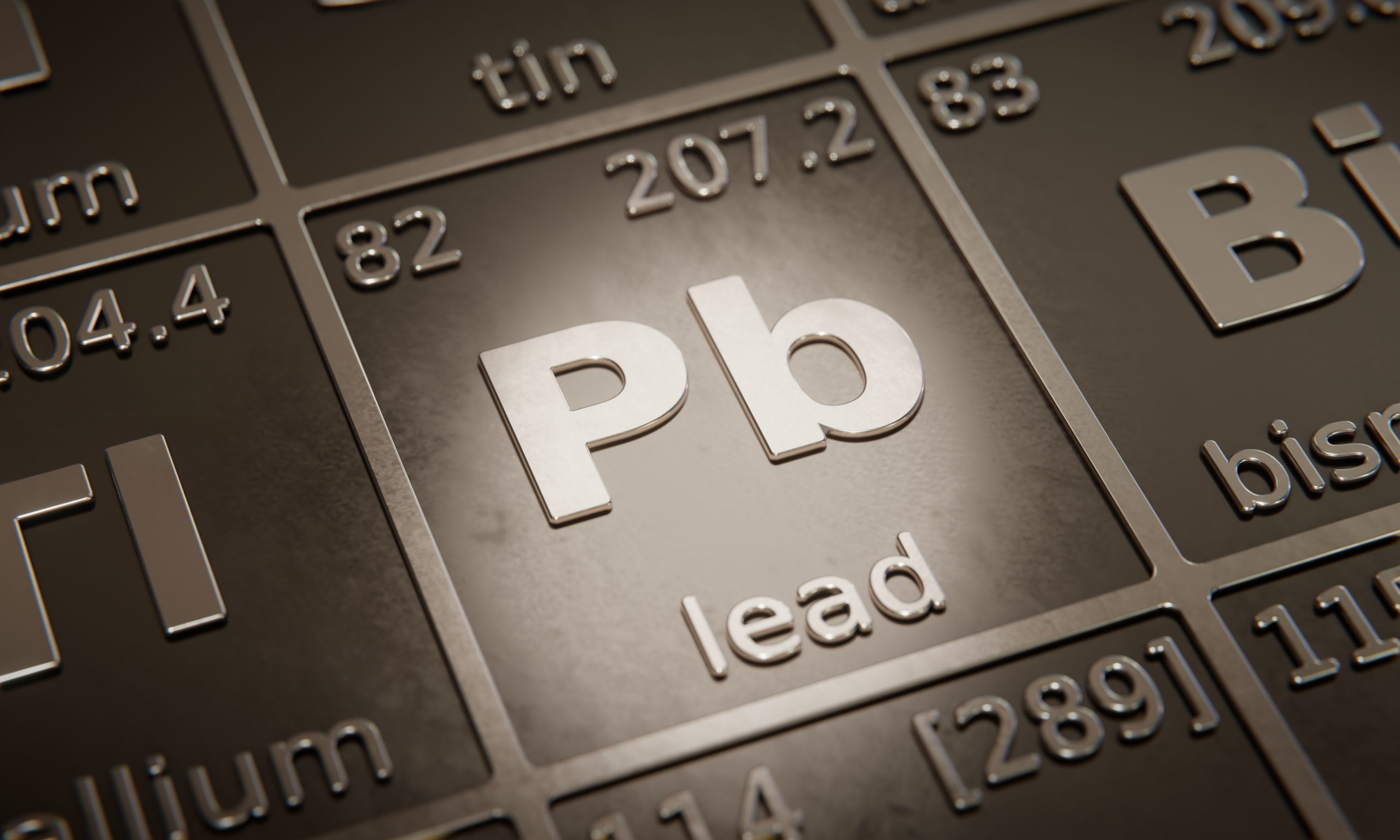The U.S. Environmental Protection Agency (USEPA) has new guidance to help communities and water utilities identify lead pipes that connect drinking water service to homes and other buildings. The guidance aims to help water utilities comply with the requirements of the Lead and Copper Rule Revisions (LCRR) that went into effect in December 2021.
USEPA’s new Guidance for Developing and Maintaining a Service Line Inventory:
- provides best practices for inventory development and risk communications;
- contains case studies on developing, reviewing, and communicating about inventories;
- includes a template for water systems, States, and Tribes to use or adapt to create their own inventory; and
- highlights the importance of prioritizing inventory development in disadvantaged communities and where children live and play.
Under the LCRR, water systems are required to prepare and maintain an inventory of serviceline materials by October 16, 2024. USEPA’s new guidance will assist water systems in developing and maintaining service line inventories, support notifications to consumers served by lead pipes, and provide States with needed information for oversight and reporting to USEPA.
The guidance will also guide the investment of $15 billion in funding through the Bipartisan Infrastructure Law (BIL) that is dedicated to lead service line replacement. BIL funding can be used for lead service line replacement projects and associated activities directly connected to the identification, planning, design, and replacement of lead service lines, including development of service line inventories themselves.
USEPA will continue to strengthen actions to protect communities from lead in drinking water as the Lead Pipe and Paint Action Plan continues to be implemented. The new guidance alongside regulatory improvements, infrastructure investments and other actions, are steps toward the goal of replacing 100% of lead service lines.
AE2S has a team dedicated to working with water systems to develop serviceline inventories as part of the LCRR requirements. Contact Project Coordinator Rachel Schultz to learn more about how AE2S can be of assistance.

